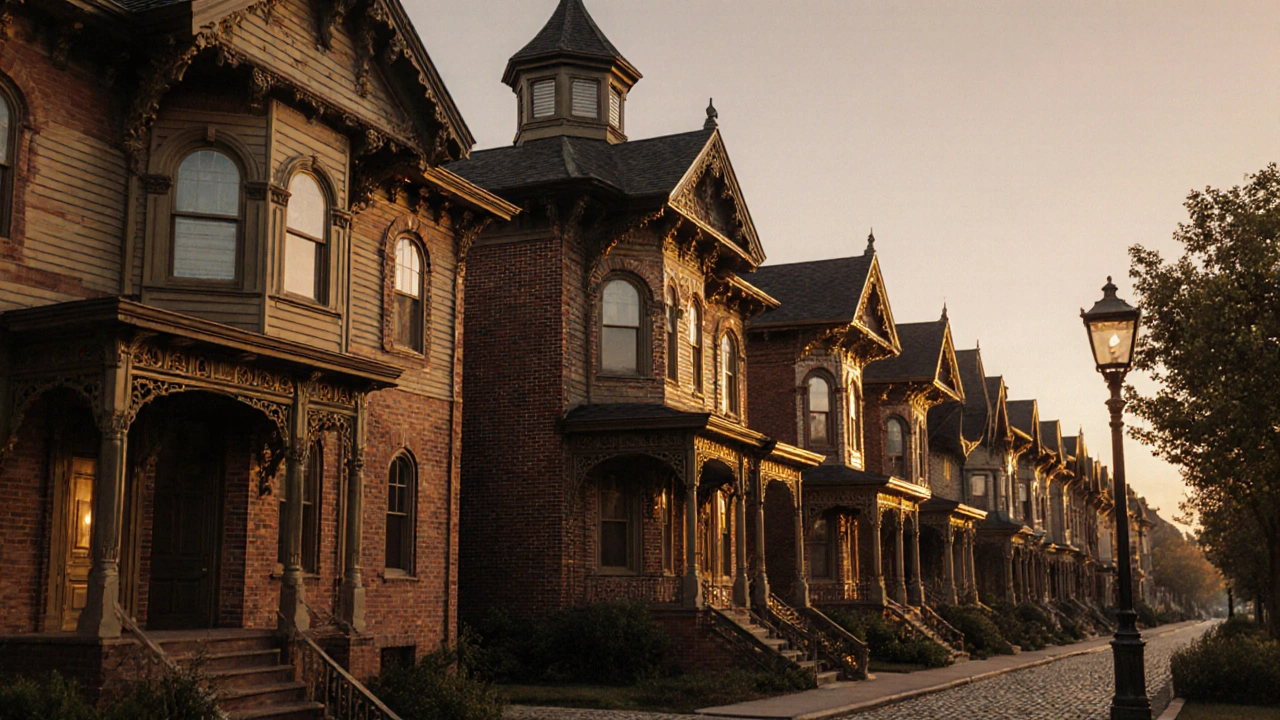Italianate architecture brought Tuscan villa charm to 19th-century homes with bracketed eaves, arched windows, and towers. Its influence still shapes modern design, from historic restorations to today’s farmhouse trends.
Tower Roofs: Unique Designs, History, and Architectural Impact
When you think of a tower roof, the crowning top of a vertical structure designed for visual impact, structural function, or symbolic meaning. Also known as crown roof, it often defines a building’s identity, you’re not just looking at shingles or metal—you’re seeing centuries of design thinking. Tower roofs aren’t afterthoughts. They’re the final brushstroke on a building’s silhouette, the part that catches the light, the part people remember. From the spires of Gothic cathedrals to the copper domes of city halls, they carry meaning far beyond weather protection.
These roofs connect deeply to architectural design, the intentional shaping of structures to balance beauty, function, and cultural expression. A tower roof doesn’t just sit on top—it responds to climate, materials, and local traditions. In Europe, steeply pitched roofs shed snow; in warmer regions, flat or gently sloped domes allow for rooftop gatherings. The shape often reflects the building’s purpose: religious towers reach for the sky, civic towers announce authority, and residential towers offer views or ventilation. This isn’t random—it’s deliberate design rooted in history.
And then there’s the roof styles, the variety of forms used to cap structures, each tied to region, era, and builder priorities. You’ll see onion domes in Russia, conical caps in French châteaux, octagonal spires in English churches, and even modern tapered towers with glass or green roofs. Each style carries a story. The Gothic pointed roof wasn’t just for looks—it helped channel wind and weight efficiently. The Renaissance dome wasn’t just decorative—it proved human ingenuity could rival nature’s curves. These aren’t just patterns—they’re solved problems, passed down and adapted.
Today, tower roofs still matter. In cities, they break monotony. In suburbs, they add character. Even in minimalist designs, a well-placed roof shape can turn a plain structure into a landmark. They’re where tradition meets innovation—steel frames now support glass crowns, solar tiles hide under copper, and green roofs turn towers into living ecosystems. The old rules still apply: form follows function, but function can also follow beauty.
What you’ll find here is a curated look at how tower roofs have evolved across time and place. You’ll see how they’ve been used in Georgian symmetry, Baroque drama, and even Constructivist experiments. No fluff. Just real examples, clear patterns, and the quiet power of a well-designed top.

